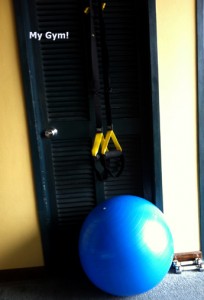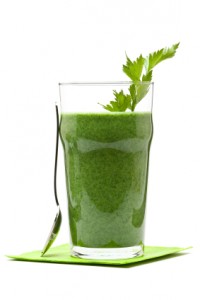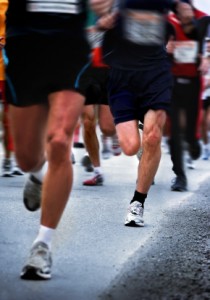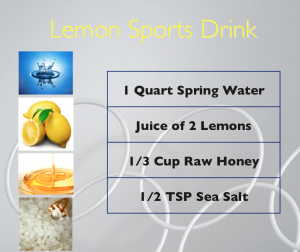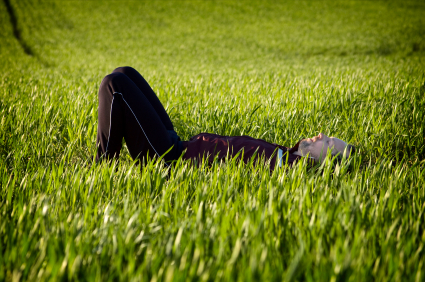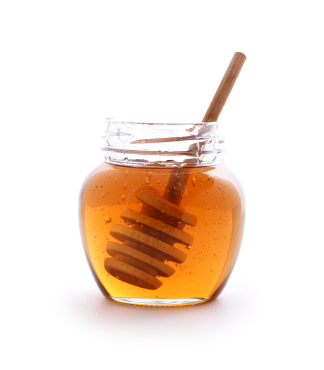Lately I have been training with a TRX Home Suspension Training Kit at my own bedroom. This is very convenient when you cannot make it to the gym and you have to keep up with your strength training. The TRX Home system is light (it only weights 1.4 pounds) and portable, so it is very easy to pack and go.
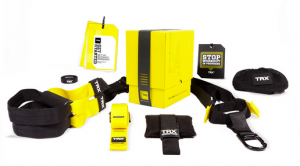
The TRX Suspension Training System is a fitness tool made from nylon, it has two handles, and it can hold up to 1400 pounds. You can set it anywhere: outdoors or indoors. As part of the kit you get a “TRX door anchor”, so you can easily train at home on any sturdy door; or if you go outside, you have a “TRX suspension anchor” so you can set up your straps anywhere – even on a tree!
There are many advantages of training with a TRX; like: you get a “total body workout”, for example, when working your arms & shoulders, you are also working out your core, since you have to use your abdominals to maintain the form; as opposite to a regular ‘biceps’ workout where you are only working your arms. The TRX suspension system allows you to work your arms, legs, core, legs, hips, chest, back, shoulders, and total body using your own body weight. The TRX suspension training system builds lean muscle and burns fat, it strengthens your chest and arms, it helps increase flexibility and endurance, it helps develop and maintain a rock-solid core. (Taken from trxtraining.com).
When you buy one for your own use, you can go online (TRX training mylocker) and download different videos with exercises: core exercises, arms & shoulders, legs & hips, chest & back, stretch, total body, and more like 8 weeks TRX challenges, etc.
Check out this video “introducing TRX Home”: [HTML1]
If training your core is important to you, give TRX a try and you will start seeing differences in your body!
